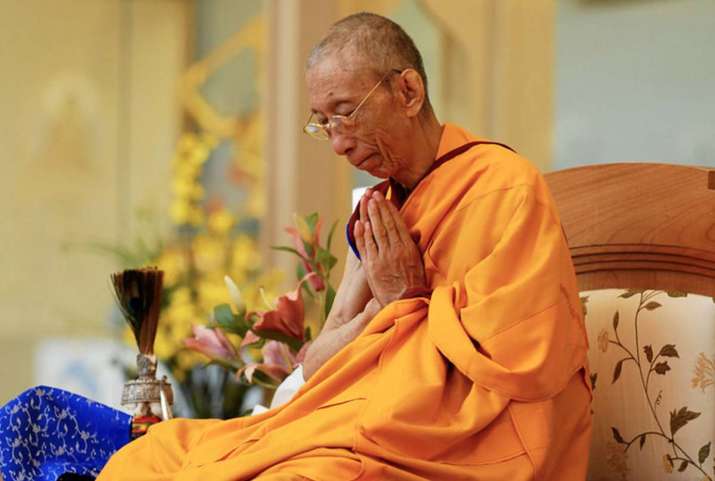
Kelsang Gyatso, a geshe of the Gelug tradition of Tibetan Buddhism, arrived in England in 1976 at the invitation of Lama Thubten Yeshe of the Manjushri Institute, then part of the Foundation for the Preservation of the Mayanana Tradition (FPMT). A rather charismatic resident lama, Kelsang Gyatso founded his own movement, the New Kadampa Tradition (NKT) in 1991, definitively parting ways with the FPMT. He subsequently came to be accused of apostacy by Gelug abbots at his original monastery Sera Je due to the controversy that erupted around the Shugden movement.
The dispute emerged in the 1970s, originating with the 14th Dalai Lama’s decision to renounce and restrict the practice of propitiating a protective spirit called Dorje Shugden. The Dalai Lama justified his decision by denouncing a form of sectarianism linked to this spirit. However, this controversy was not limited to the Gelug school as the impact was felt by the entire Tibetan diaspora well into the 1990s.
To properly understand this controversy, it is also necessary to understand the role of tantric deities (Tib. lha) and spirits, and the status of protectors of the Dharma in Tibetan Buddhism. There are innumerable lha wthin the Tibetan cultural consciousness—deities of the ordinary world and protectors of the Dharma (masculine and feminine deities of different classes, often with a wrathful appearance); mundane—linked to a master by an oath and a principle of “submission-conversion”—and supramundane—emanations of bodhisattvas or buddhas.
While a modernist, rationalist reading by Buddhist intellectuals might present these deities as simple archetypes, the actual practices associated with them and the propitiation common in Tibetan Buddhist culture tell quite a different story. Author Martin Mills insists on distinguishing between Dharma protectors of mundane and supramundane status because of the lack of consensus over the status of Shugden. For Mills, while the Shugden affair is linked with sectarianism, it is above all part of the history of the status of deities in Tibetan cosmology.
According to the version of history espoused by Shugden followers,* the Dalai Lama’s propitiation of Shugden intensified during the life of the 5th Dalai Lama (1617–82). At the time, the future 5th Dalai Lama had a rival named Drakpa Gyaltsen (1618–55), who emerged victorious from a debate but was later found dead. The 5th Dalai Lama thought that Drakpa Gyaltsen had reincarnated as Shugden to attack him. He would have appealed to Nyingma masters to help him to destroy it, but later realized that he was mistaken and wrote an apologetic text. Shugden was ultimately regarded as the protector of the Gelug school and its doctrinal purity. Some followers say that Shugden does not tolerate Gelugpa lamas studying or receiving teachings from other lineages, including the Nyingma school—as the current Dalai Lama does, because his primary goal is to avoid the fragmentation of Tibetan Buddhism and the exiled Tibetan community.
From a more traditional historical perspective, it is only in the 20th century that the connection between Dorje Shugden and Drakpa Gyaltsen was established. Pabongkha Rinpoche (1878–1941) established this link in order to oppose the revival of other schools, notably the Rime movement, which was then gaining popularity. Author Georges Dreyfus posits that this adoption of Shugden, who was not previously a Gelug deity, as the main protector of this exclusive movement, was intended to make the Gelug tradition supreme. The 13th Dalai Lama (1876–1933) sought to forbid this practice, arguing that it could precipitate the destruction of Buddhism. The current Dalai Lama also studied Shugden, receiving the transmission from one of his tutors, Trijang Rinpoche, a disciple of Pabongkha Rinpoche.
The Dalai Lama later began to discourage the practice of Shugden as early as 1976, following interventions by the Nechung Oracle. In 1974–75, the Yellow Book written by Zimey Rinpoche was published, which gave assurances that Dorje Shugden was indeed the main guardian of the Gelug school and outlined the punishments that would be inflicted on religious and lay leaders who refused to practice Shugden. Its content angered the Dalai Lama, who strongly opposed the book (Dreyfus 2005), and classified Shugden not as the reincarnation of Drakpa Gyaltsen, but as an evil spirit.
The situation came to a head in 1996, when the Dalai Lama publicly refused to give initiations to followers who did not reject Shugden, and invited them to leave the assembly. The Tibetan government-in-exile also issued a statement banning the practice, describing it as harmful to the Tibetan cause and dangerous for the life of the Dalai Lama. Monks were expelled from their monasteries and, more widely, Shugden followers were ostracized in Tibetan refugee communities. Some lamas took advantage of this schism to found their own movements.
In England, Switzerland, and the United States, disciples of Kelsang Gyatso began to publicly accuse the Dalai Lama of infringing on their fundamental religious rights, of religious intolerance, and of ostracizing Shugden practitioners. The NKT’s leaders and followers argued that the Dalai Lama was using the Dharma for political ends and accused him of not respecting Buddhists.
The NKT also emphasized their denial of the denomination “Tibetan Buddhism” in order to distance themselves from the Dalai Lama. Instead, they identified as Mahayana Buddhists and as a Western school, proposing to follow the teachings of the Kadam school, considered the authentic Gelugpa tradition from Atisha and Je Tsongkhapa—a tradition characterized by its exclusivity. The stated purpose of the NKT is to “grow the Buddhist faith throughout the world” and its expansion is impressive, with 1,100 centers around the world, and a large international missionary organization that is very active in the West.
In the NKT’s centers in France, French is the only language used, and everything is done to make the teachings accessible to all. What is very distinctive is the way in which the NTK is stigmatized by the followers of other schools, and even by the Buddhist Union of France and the Federation of Tibetan Buddhism, because of its allegiance to Shugden. Despite the advocacy of acculturation, the movement paradoxically defines itself by recurrent recourse to the authentic and pure Gelug tradition of Shugden, upheld as the protector of the lineage.
On the NTK’s French website, we can read that Dorje Shugden “is the protector of the Dharma of Kadampa Buddhists of the whole world,” and “a protector of the Dharma is an emanation of a buddha or a bodhisattva whose main functions are to avert the inner and outer obstacles that prevent practitioners from gaining spiritual realizations, and to arrange all the necessary conditions for their practice.” The NKT asserts that the status of Shugden will ultimately evolve into the organization becoming an emanation of Manjushri, a “fully enlightened Buddha.” (The New Kadampa Tradition)
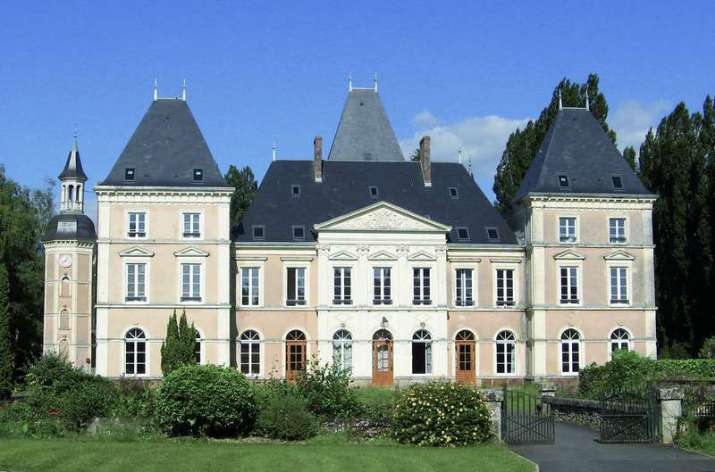
Inspired by the Kadampa teachings, Kelsang Gyatso has sought to simplify his teachings to increase student numbers and make the practice of Shugden more accessible. Once a month, all NKT centers engage in the practice of the “Melodious Drum,” which makes it possible to “get closer to our protector of the Dharma, Dorje Shugden.” (The New Kadampa Tradition)
In addition, the practice of the “Wishfulfilling Jewel,” also linked to Shugden and therefore at the heart of the proposed transmission, is conducted weekly. Only the teachings of Kelsang Gyatso are accessible to practitioners, and no references to other teachers are made. The NKT claims this sectarian attitude ensures the purity of the teachings and is also reflected in the absence of contact with other centers.
For the FPMT’s centers in France, and also many other centers that do not belong to the Gelug lineage, broaching the subject of NKT (or Shugden) is synonymous with sectriansim and fundamentalism. The FPMT is committed to no longer having contact with the NKT and Shugden practitioners.
As online criticism of the NKT movement continues to be prevalent, the organization is well structured to counter what it considers defamation. NKT officials describe themselves as “authentic Gelugpa” who do not “mix” their practice or policy. (Campergue 2012)
The NKT has been operating a residential meditation center from a castle in the Sarthe region of France since 2007. Its main teacher is a young monk named Kelsang Eupamé, who is also the new national spiritual director. In the curriculum proposed by the organization, there is a general curriculum that is taught at all centers, open to all, then a basic program, and a teacher-training program. Communications of the organization emphasize that the teachings are practical and useful and perfectly adapted to modern life. The leaders therefore often point to this as evidence of their non-sectarian character, while at the same time highlighting that Shugden is the reason for their success.
Finally, the Dalai Lama is criticized by the NKT for his ecumenism toward other Tibetan schools for political purposes in the struggle for Tibet and national unity. The Shugden movement, by emphasizing the claimed purity of the Gelug lineage, contributes to the sectarianism and the fragility of the national, social, and political unity of the Tibetan community. The Dalai Lama has used his political authority “to deal with what was and should have remained a purely religious matter.” (Ardley 2002) However, as politics and religion are inextricably linked, remarks Ardley, “a religious controversy was seen as a threat to political unity.”
* Two Sides of the Same God (Tricycle)
Cécile Campergue is an ethnologist and a specialist on Tibetan Buddhism in France. She is also a post-doctoral researcher at the Groupe Sociétés, Religions, Laïcités GSRL (EPHE-CNRS) in Paris, and the author of the book Le trantrisme tibétain en France: un bouddhisme occidental? (L’Harmattan, 2017).
References
Ardley Jane. 2002. The Tibetan Independence Movement: Political, Religious and Gandhian Perspectives. London: RoutledgeCurzon. p. 178.
Campergue, Cécile. 2012. Le « maître » dans la diffusion et la transmission du bouddhisme tibétain en France. Paris: L’Harmattan.
Dreyfus, Georges. “Are We Prisoners of Shangrila? Orientalism, Nationalism, and the Study of Tibet.” Journal of the International Association of Tibetan Studies, No.1, October 2005. p. 9.
Mills, Martin. 2003. This Turbulent Priest: Contesting Religious Rights and the State in the Tibetan Shugden Controversy, in Human Rights in Global Perspective: Anthropological Studies of Rights, Claims and Entitlements. Edited by Richard Wilson and Jon Mitchell. London: Routledge. , pp. 54–69.
See more
The New Kadampa Tradition – International Buddhist Union Founded by Venerable Geshe Kelsang Gyatso


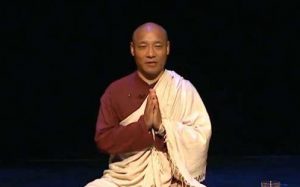

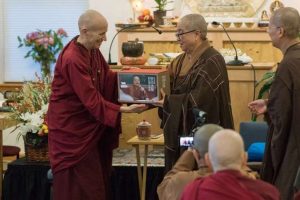
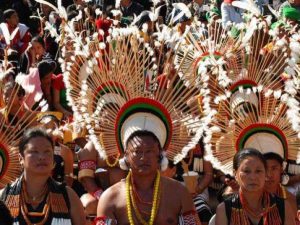

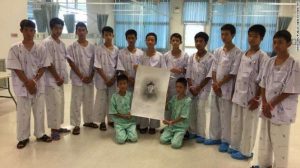




Why do these western Buddhist believe the words of one Lama over the many others who recommend not to do Shugden practice. It is the trouble with us westerners, we get a small taste of Buddha Dharma and think we know everything. It is a great obstacle for us and creates much negative kharma.
I appreciate your article for seeking to use appropriate references and research. I hope you will permit these two links to allow the voice of both the New Kadampa Tradition and the Shugden lineage lamas to also be able to offer information. Many thanks – Robert
https://newkadampatruth.org/ (and in particular: https://newkadampatruth.org/2023/09/09/are-new-kadampa-tradition-students-allowed-to-read-other-books/ and https://kadampalife.org/a-response-to-the-one-pure-dharma-the-new-kadampa-tradition-is-controversial-and-growing-why/)
https://www.dorjeshugdenhistory.org/among-shugden-texts.html